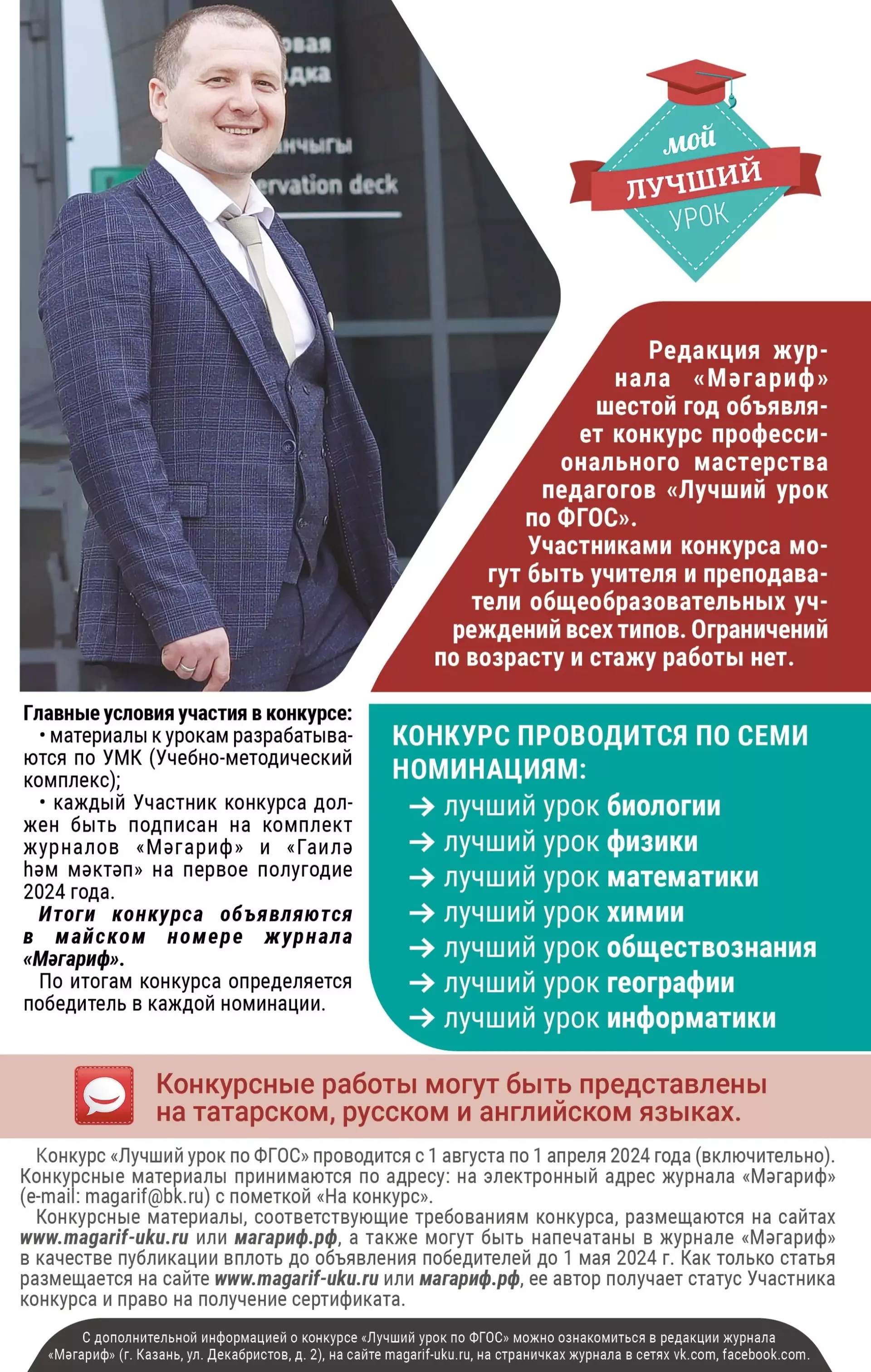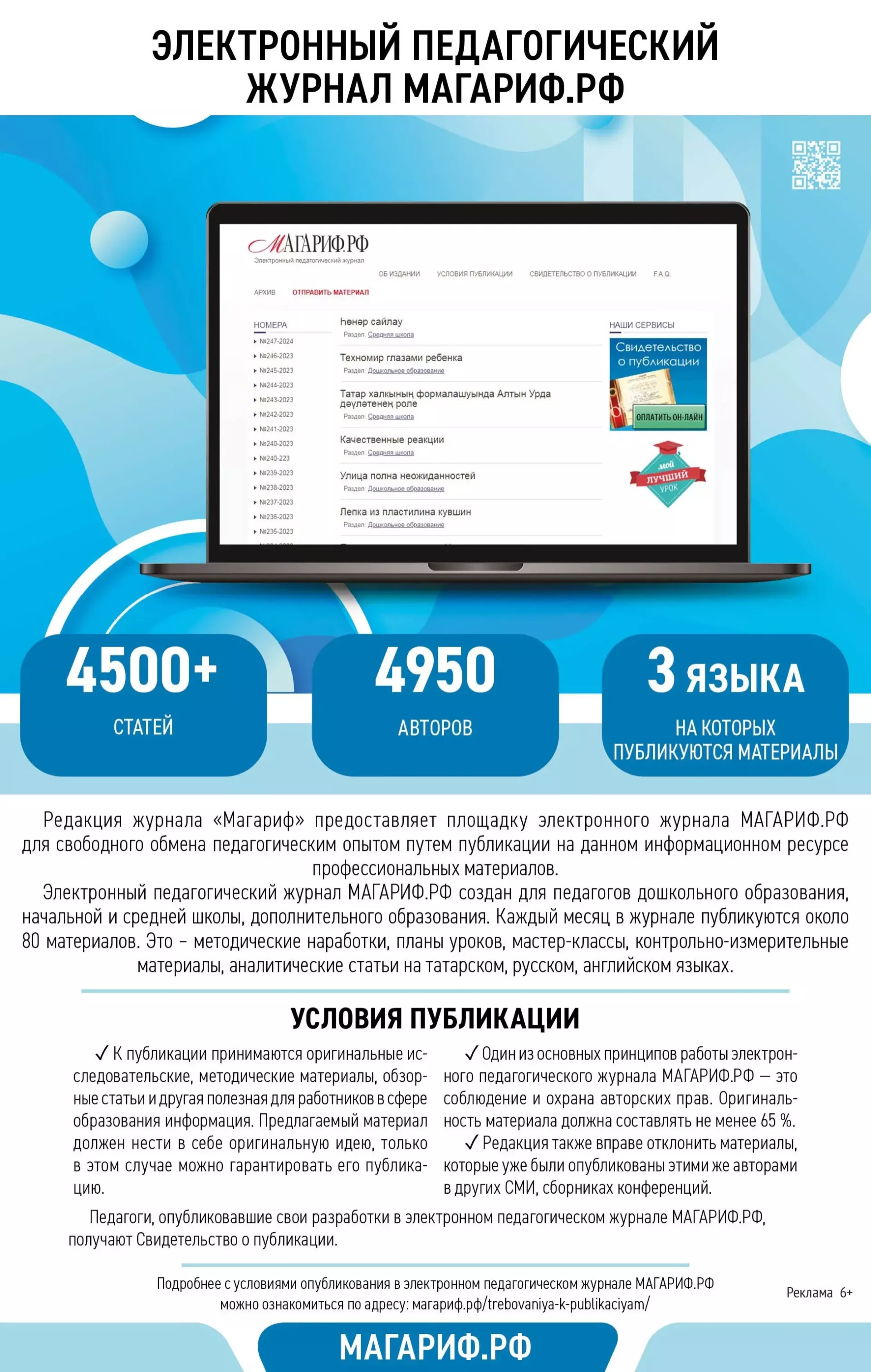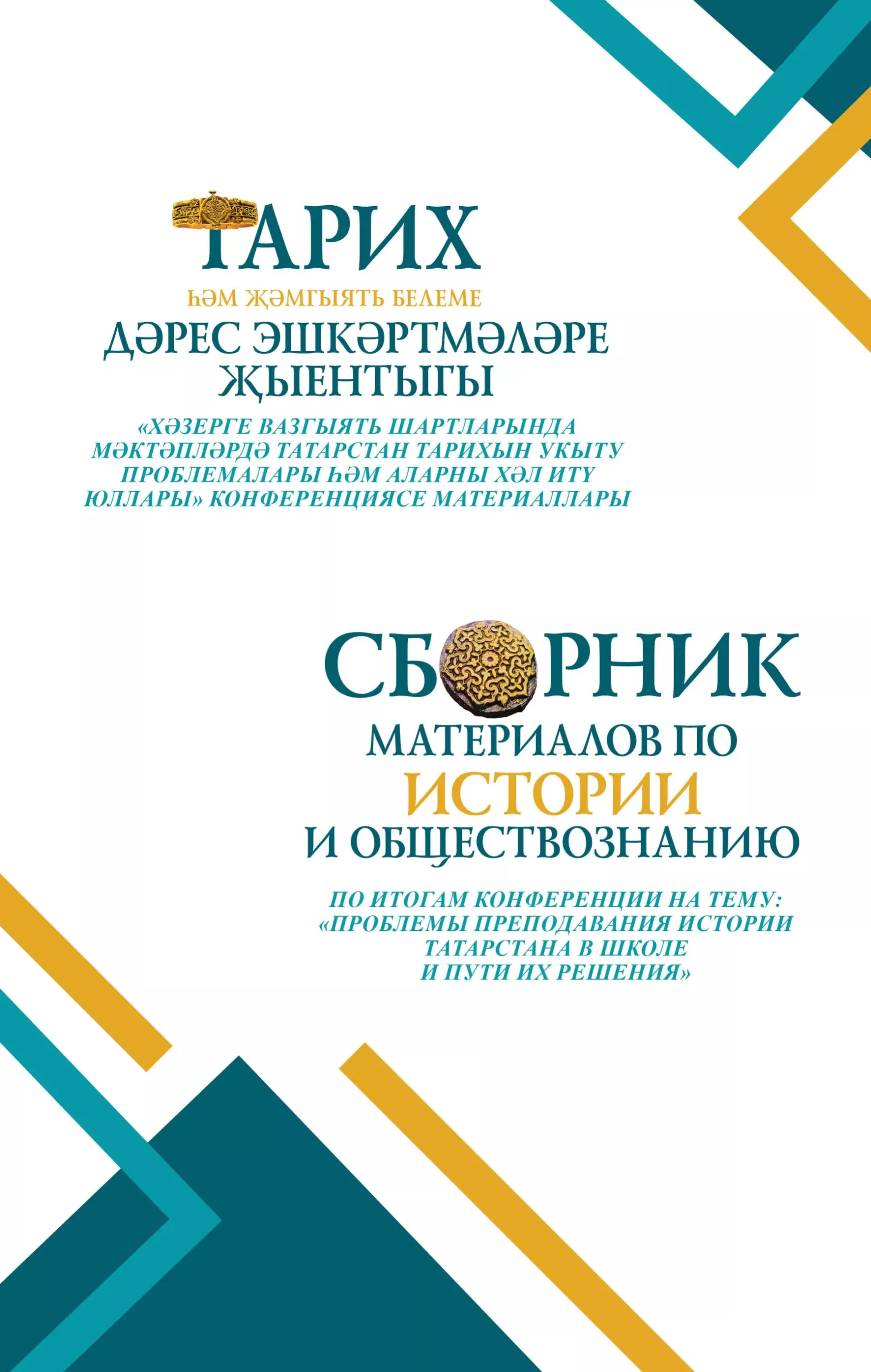Motivation in language learning
Миляуша ЮСУПОВА, учитель английского языка Балтасинской средней школыMotivation influences:- why people decided to do something- how long they keep wanting to do it- how they w...
Миляуша ЮСУПОВА, учитель английского языка Балтасинской средней школы
Motivation influences:
- why people decided to do something
- how long they keep wanting to do it
- how they work to achieve it.
Why were you motivated to learn English? Can you list your reasons?
There are several different factors which can influence motivation. They include:
- the usefulness to us of knowing language well. Many people want to learn a language because it can help them achieve practical things such as finding a better job, getting onto a course of study, getting good marks from the teacher, or booking hotel rooms;
- our interest in the target language culture (the culture of the language we are learning). We might want to get really good at English, so that we can read books by famous English writers. If we are moving to the country we might be interested in aspects of the country’s customs and lifestyle;
- feeling good about learning the language. If we are successful at something, that success makes us want to continue doing it. We feel confidence, independence and a sense of achievement;
- encouragement and support from others. If we go to school where learning foreign language is highly valued and much encouraged we will realize the importance of it and it gives us emotional support;
- strong motivation to learn a language is wishing to communicate fully with people who matter to you. Friends, business partners, etc;
- our interest in the learning process. Sometimes we want to learn a language because we like our teacher, classroom activities, course book, topics the class deal with.
We can see there are different kinds of motivation.
There are learners who are unmotivated and demotivated (have lost their motivation). This can change with age.
Two researchers in motivation, Z Dornyei and K Csizer, have suggested there are ten key areas in which the teacher can influence learners’ motivation, and have provided a list of strategies for motivating learners in these areas:
- show a good example by being committed and motivated;
- try to behave naturally;
- be as sensible and accepting as you can;
- create a pleasant, calm, secure and ordered atmosphere in the classroom;
- bring in humour and laughter and smile;
- give clear instructions;
- point out the purpose and usefulness of every task;
- treat each learner as an individual;
- give positive feedback and praise;
- make sure your students experience success;
- accept mistakes-they are a natural part of learning;
- select interesting tasks and topics;
- offer a variety of materials and activities;
- make tasks challenging to involve your students;
- use learners’ interests rather than tests or grades, to encourage learning;
- encourage creative and imaginative ideas;
- encourage questions and other contributions from students;
- share responsibility organizing the learning process with your students;
- personalize tasks to make them relevant;
-set up several specific learning goals for the learners;
- encourage the learners to set goals and work towards them;
- do a needs analysis of the learners goals;
- invite native speakers to some classes;
- find pen pals for your learners.
If motivation is one of the key factors that helps to make language learning successful, then the teacher is a key person. The teacher can influence motivation. It’s important to impress your students from the beginning. It doesn’t mean that it should be something stunning but you should show a good example by being committed and motivated yourself.
One of the ways of starting to teach a new group is for the class to become acquainted. This is suitable for all levels. The teacher starts by telling some details about himself. Then he asks some of the students to tell about themselves; for example name, hobby, birth place, family and favourite things. After a few students’ stories the teacher asks questions: Whose sister’s name is …? Who’s from …? Whose hobby is…? And so on. This simple exercise is very useful and convenient. First, it encourages everybody in the group to participate. Second, it gets the students to listen to each other, because if they don’t pay attention they will not be able to give a correct answer. Third, this exercise helps the teacher to remember the students’ names.
The second exercise is called “go fish”. Students are given a sheet of paper and asked to write a word, name or phrase according to certain categories such as sports, nouns, adjectives, famous people or food. Then the students are asked to tear strips with these words (it’s convenient if strips are cut beforehand) and to give them to the teacher. The teacher mixes them up and gives them back to the students. A starter phrase is given by the teacher. For example: My first childhood memory was…. One of the students tells a story beginning with the starter phrase and using the word or idea from his strip. He says a few sentences and then the teacher interrupts him saying, “(the name of another student), go fish”.” That student continues using the words from his strip. This activity helps develop vocabulary, fluency, and writing.
One more exercise involves working with structures such as he must be, he might be, he may be, he could be, he can’t be and he looks like a… The teacher acquires a few portraits beforehand with some information about these people. Showing a portrait to the students the teacher asks questions: What s his/her occupation? What kind of person is he/she? What’s his/her nationality? Where is he/she from? What his name might be? How old is he/she? Is he/she married? Does he/she have children? Students answer these questions using the structures given above. Phrases like No doubt, I think, I believe, I suppose, I’m sure can be used. It’s useful to write these phrases on the blackboard. This exercise strengthens word usage and develops the descriptive abilities of the students.
All students participate in these exercises. The teacher’s role is the facilitator, helper and participant. All the exercises are aimed to make the process of learning a foreign language successful.










Комментарийлар